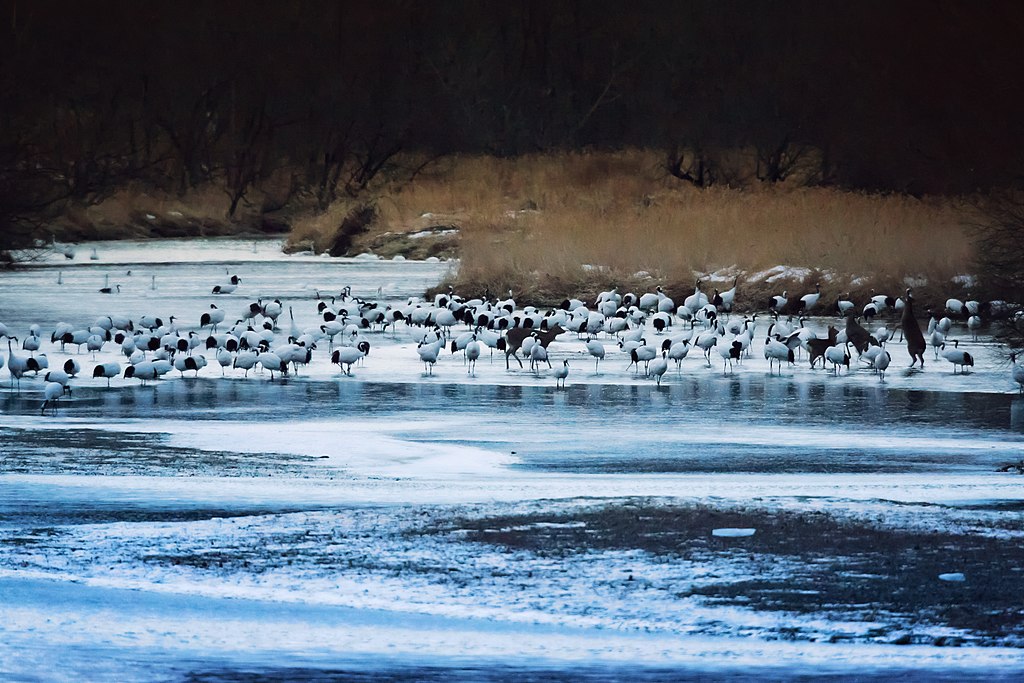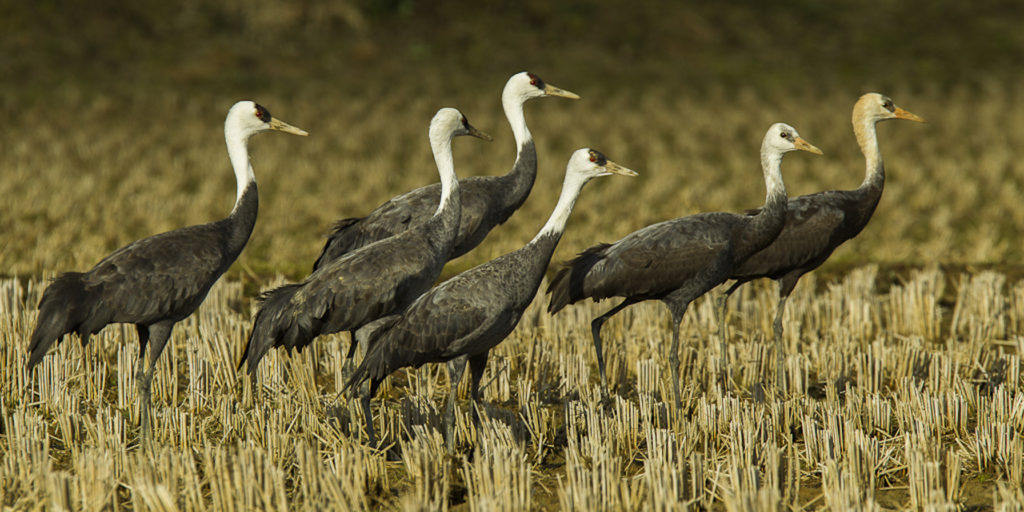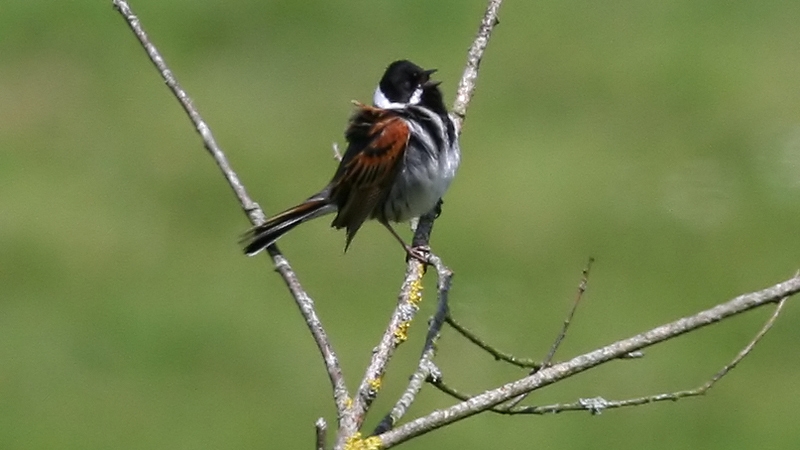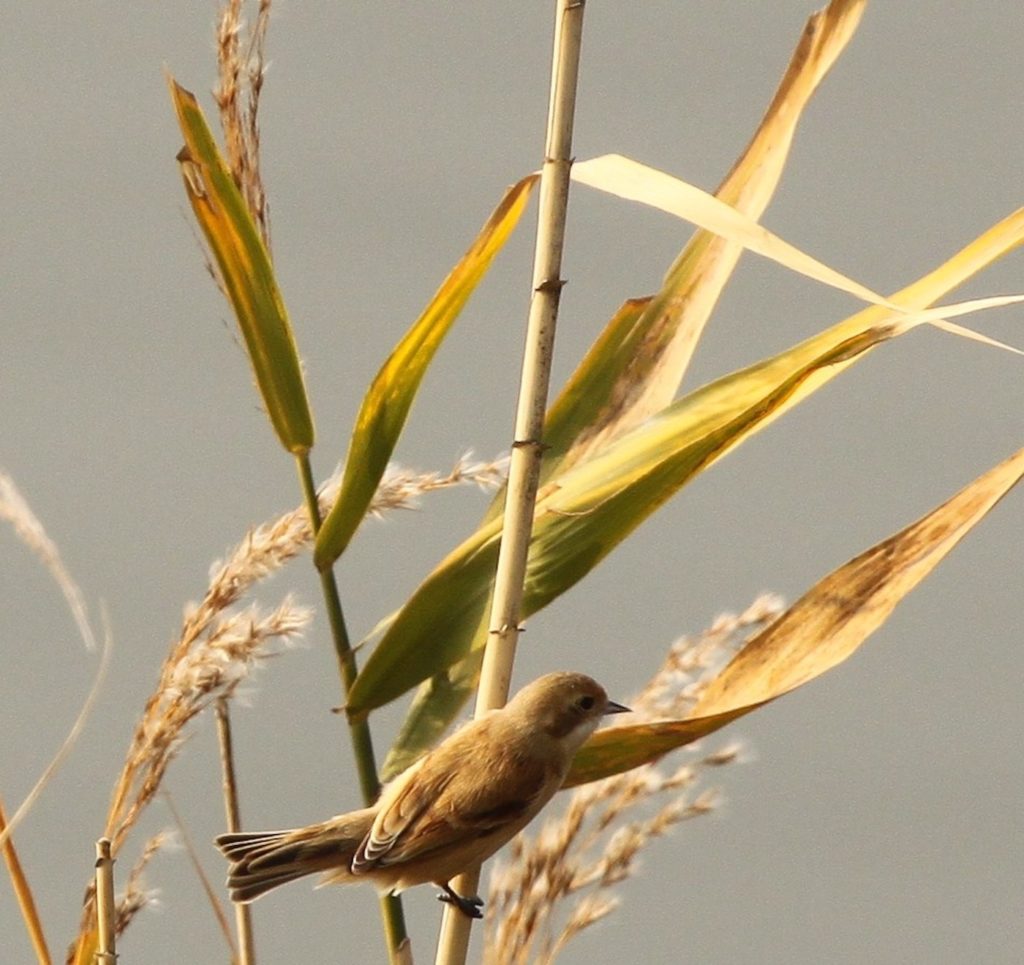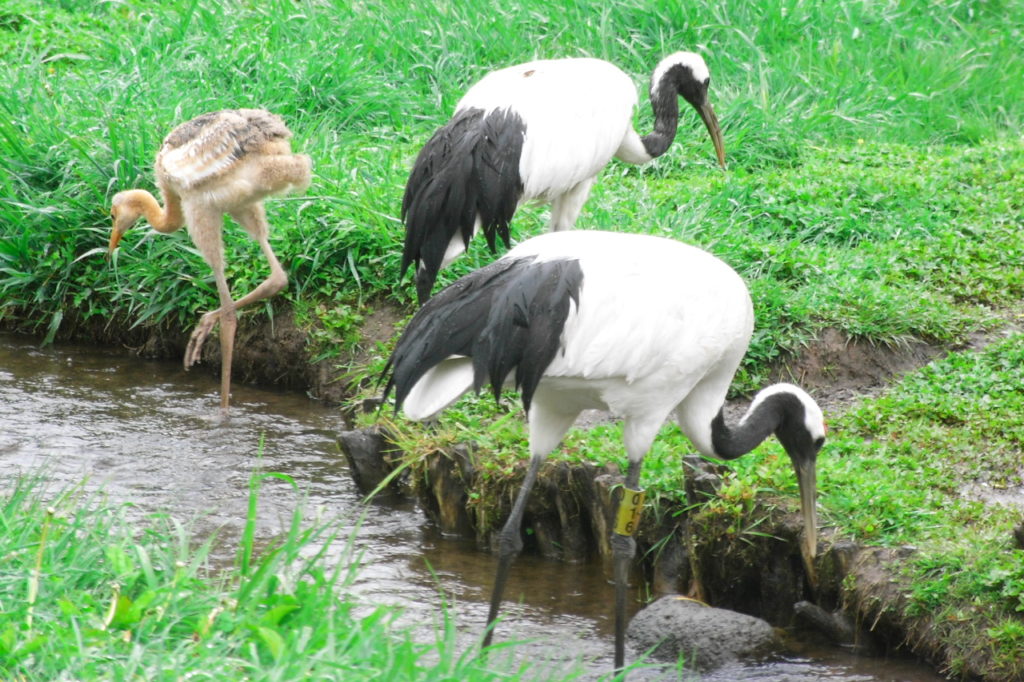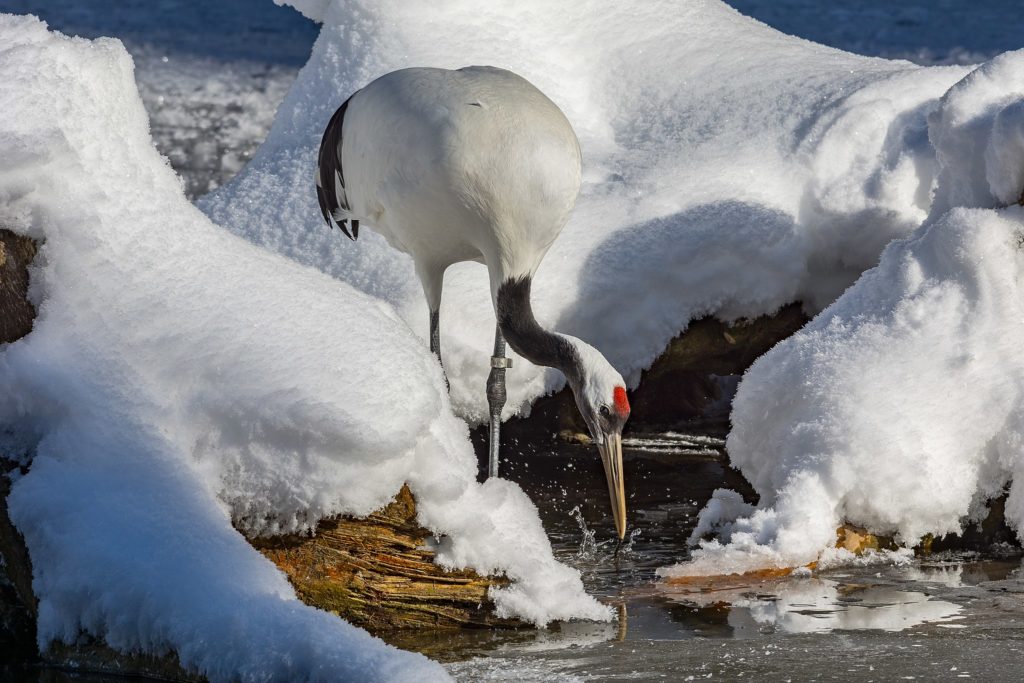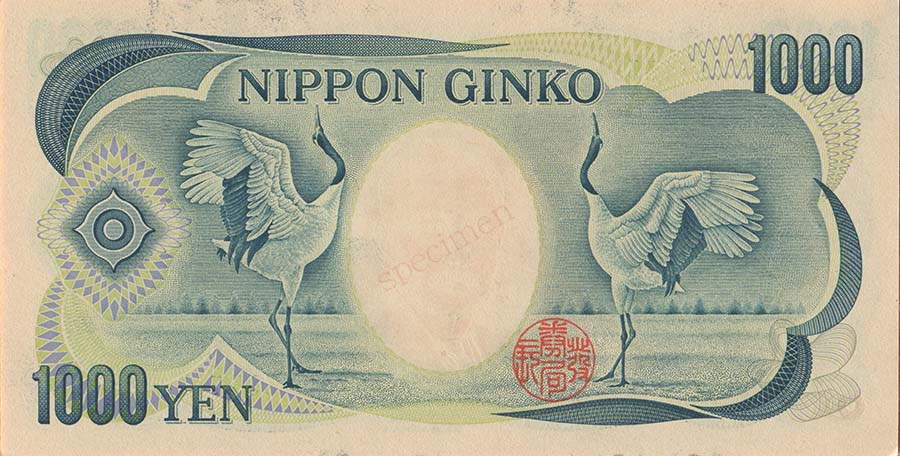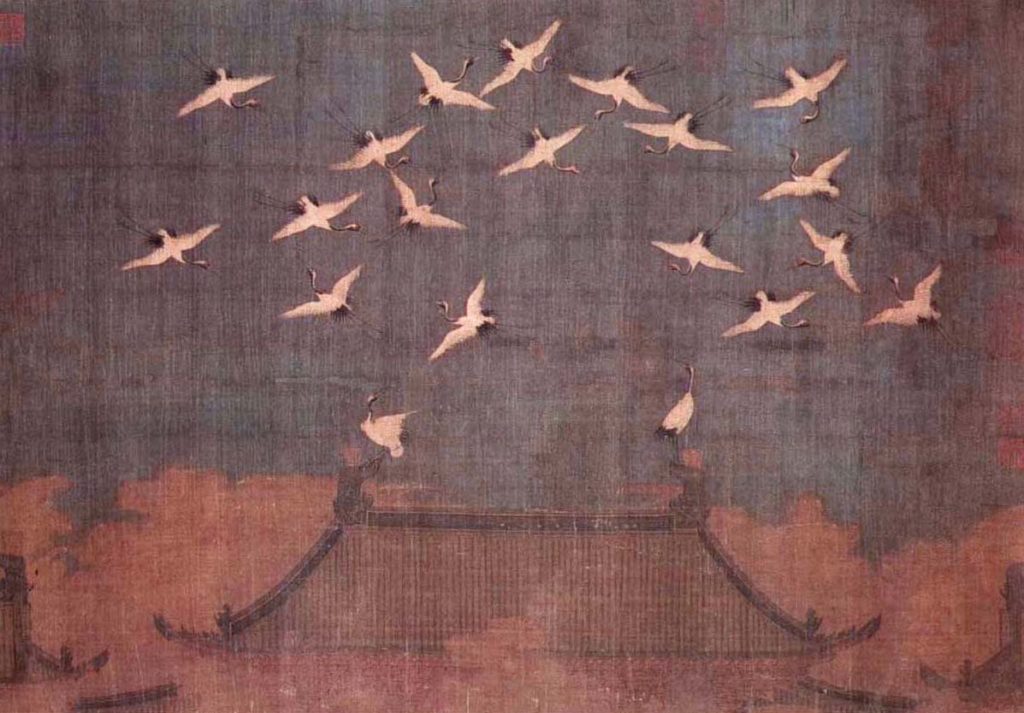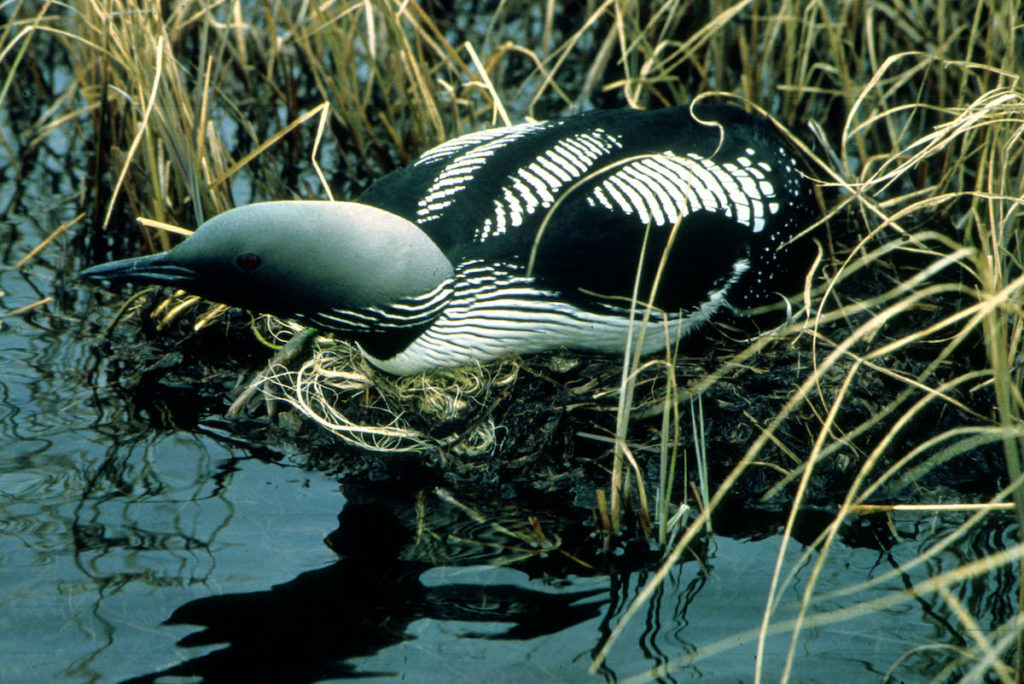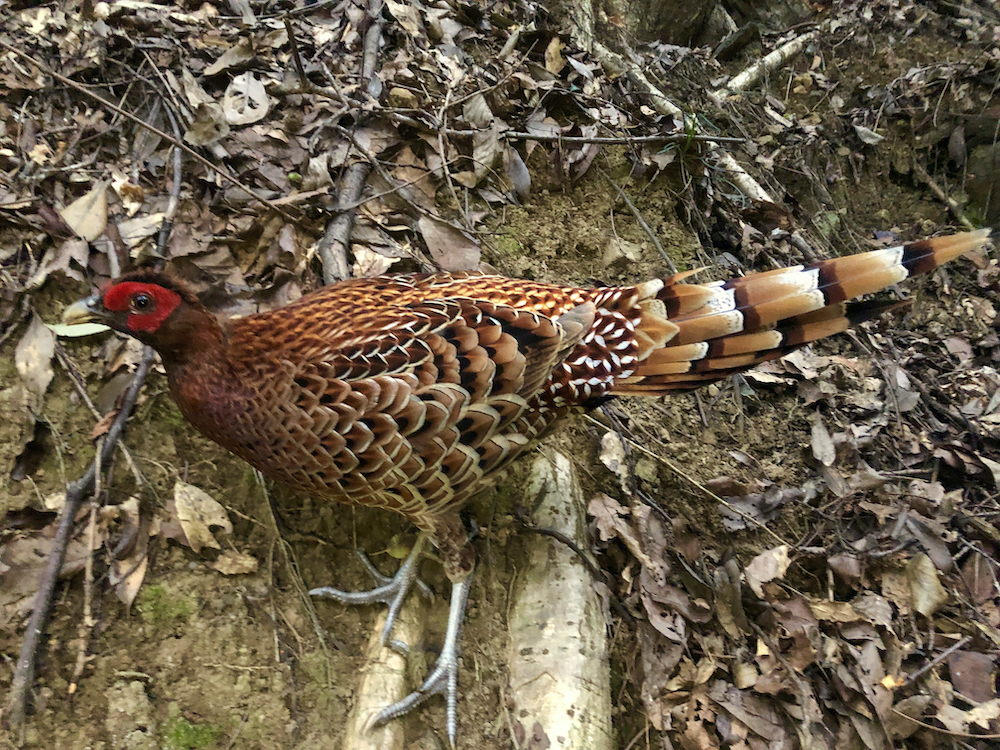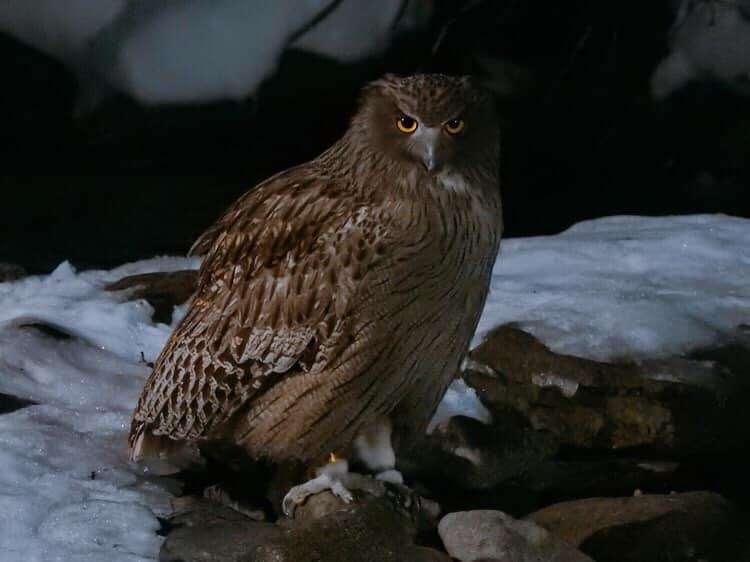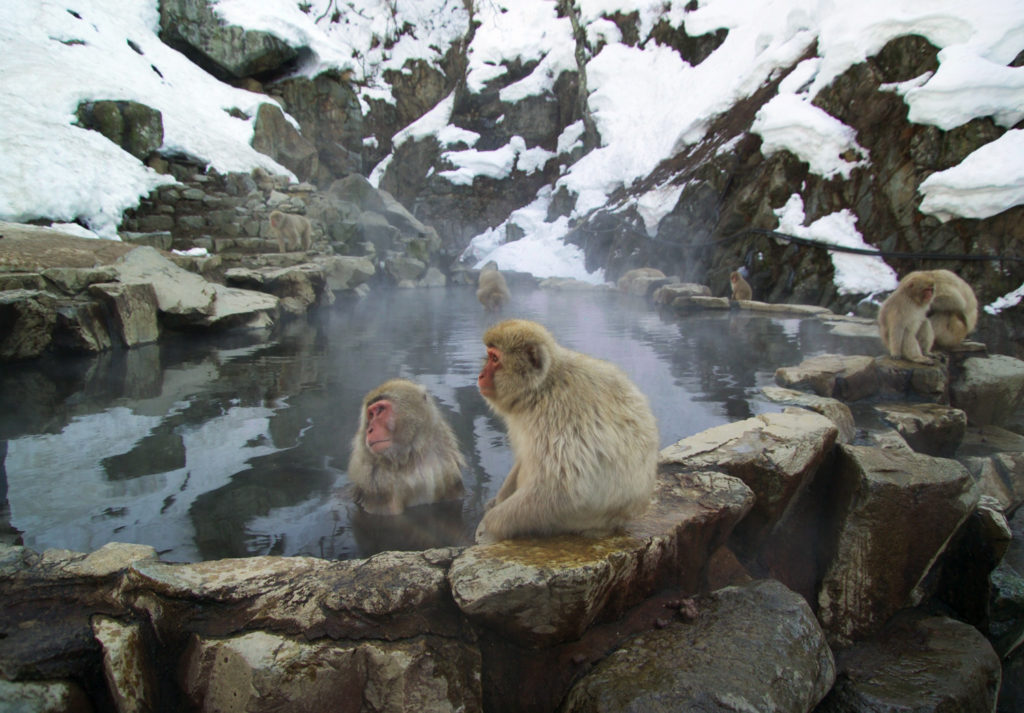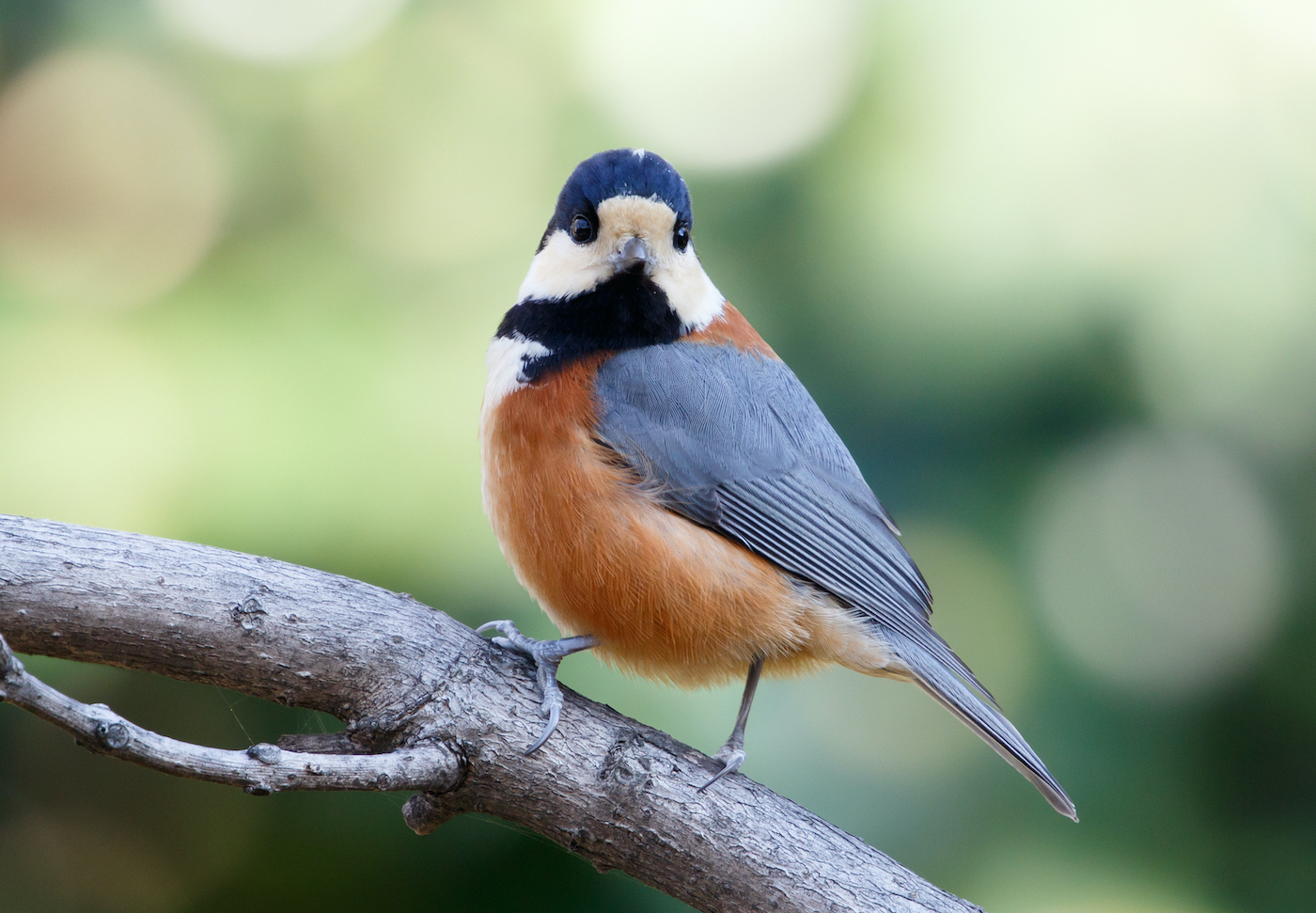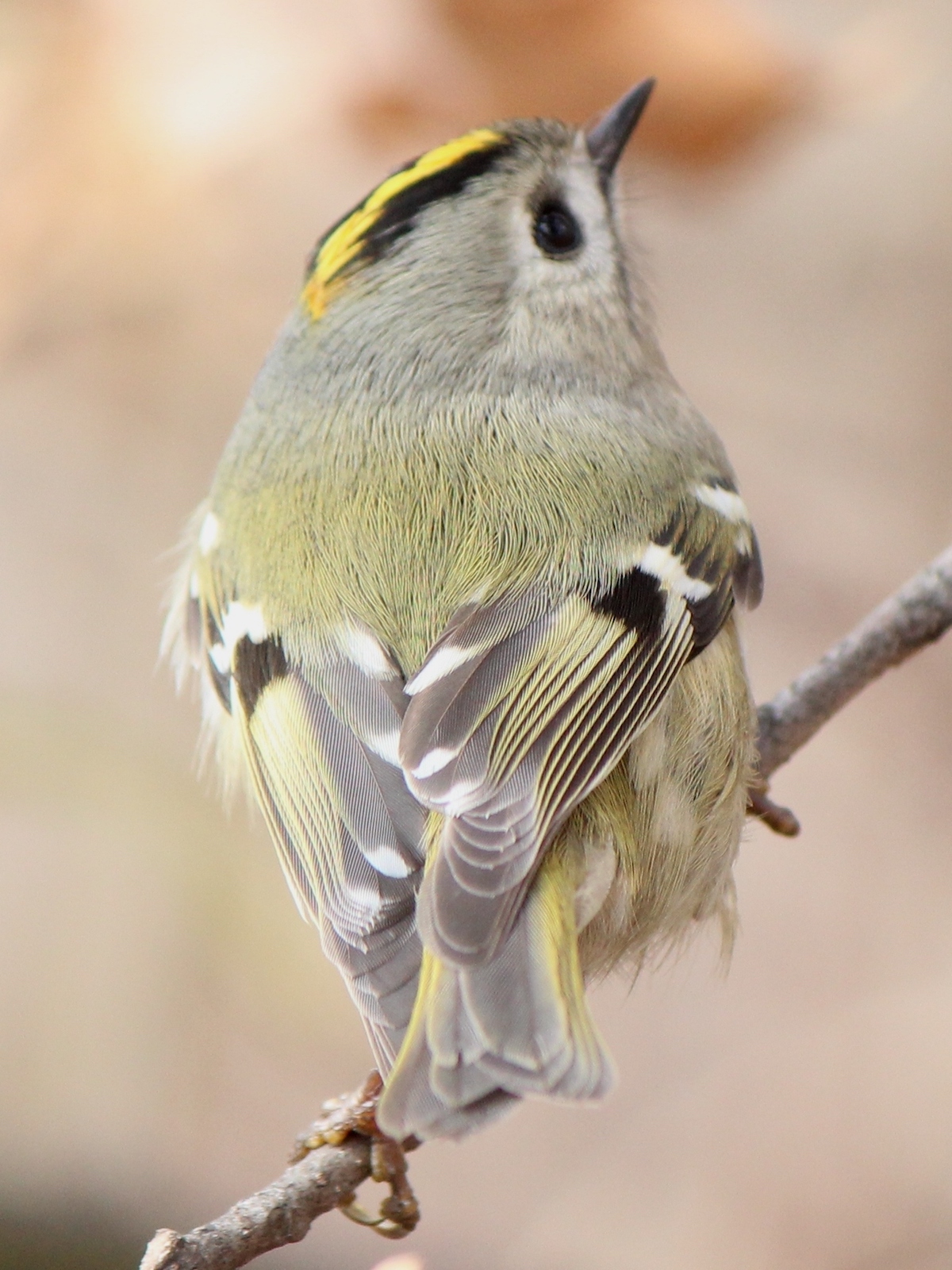Marvel at Japanese Snow Monkeys and Red-crowned Cranes on this Japan Birding and Nature Tour
Cranes have long been considered a symbol of good fortune in Japan, and not just the famous dancing Red-crowned Cranes that, along with this island nation’s charismatic hot-spring-loving Snow Monkeys, helped to inspire our Winter 2023 Japan Birding and Nature Tour Jan. 9 – 22.
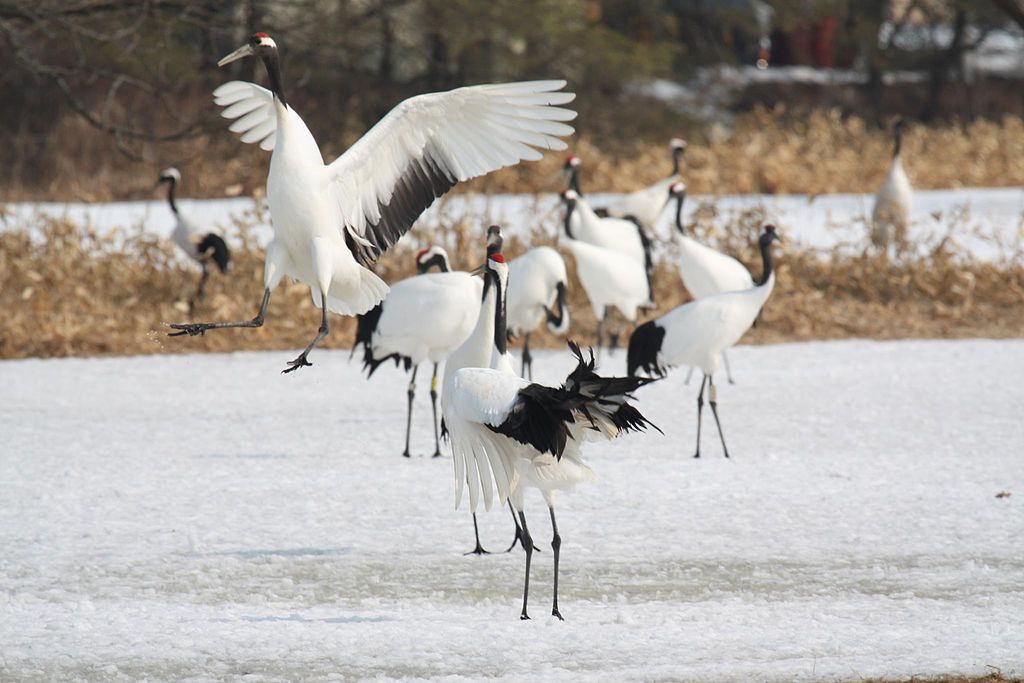
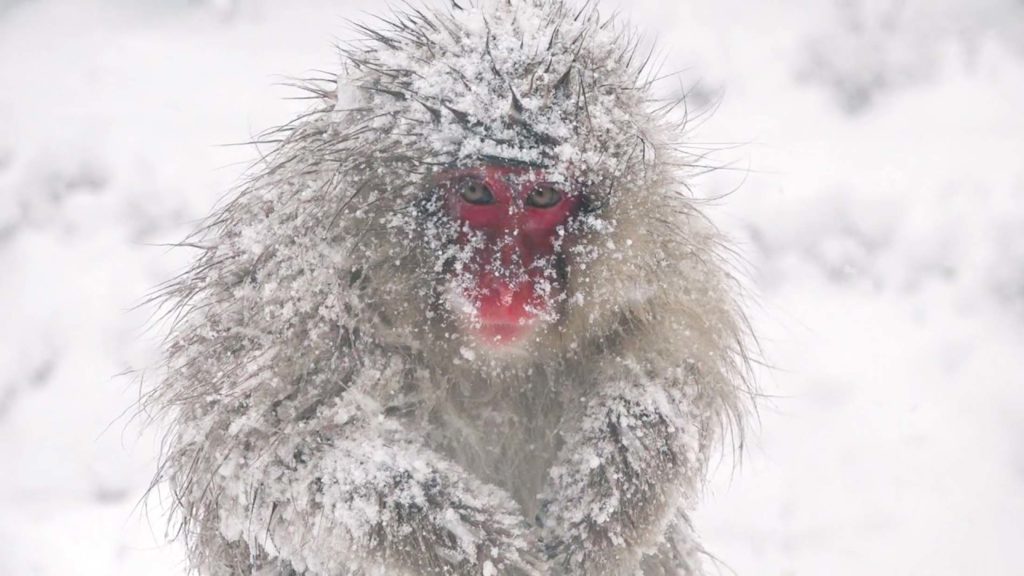
As every Japanese school child knows, the meticulous labor of folding 1000 origami paper cranes is said to grant the folder one heartfelt wish. So how did cranes become a symbol for good luck and so deeply ingrained in the Japanese imagination?
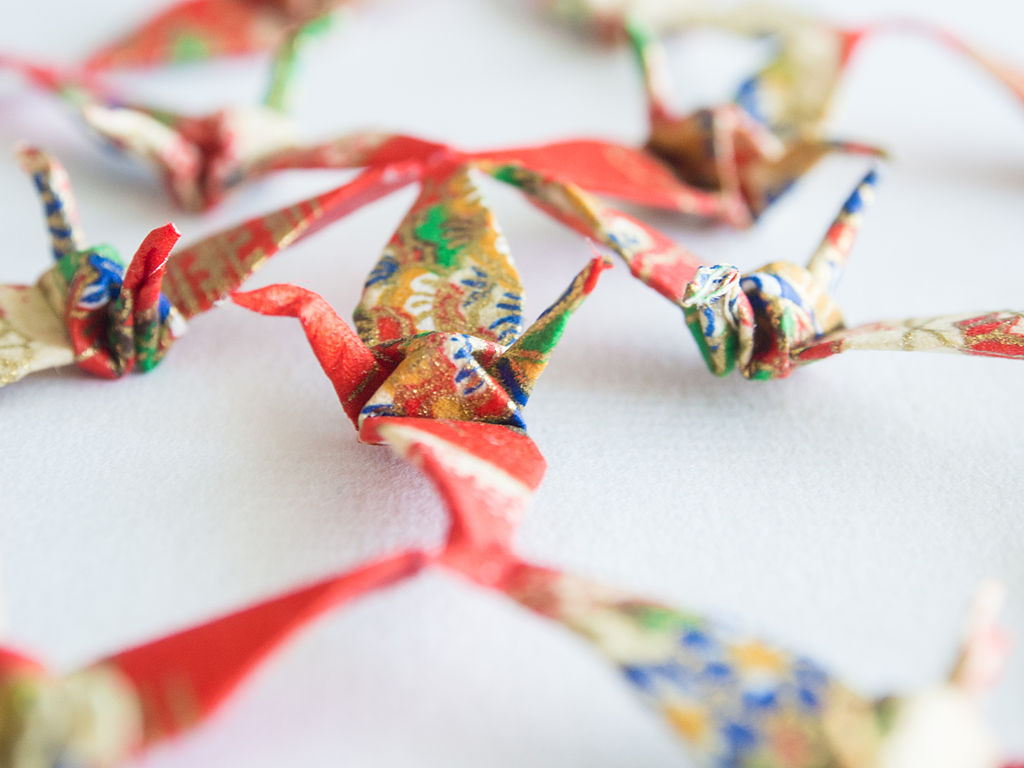
It all starts with the Japanese climate, which is in a word, wet, with average annual precipitation nearly double the world average. Monsoons, typhoons and heavy winter snowfalls contribute moisture to marshy alluvial plains, ecologically rich wetlands reinforced by the widespread planting of rice fields. All combined, it is tremendously beneficial habitat for cranes and other waterfowl.
We expect to see many species of crane on this tour, including the Siberian population of Sandhill Crane, a species well-loved by US birdwatchers. We will see many White-naped and Hooded Cranes, which make up the majority of the 15,000 cranes that overwinter in Japan.
But we also hope to see Common, Siberian and Demoiselle Cranes at the Crane Observation Centre in Izumi, along with many other attractive water birds peeking out from the waving reeds, including Reed, Rustic, Chestnut-eared and Ochre-rumped Buntings. If we are both lucky and good, we may spot a flock of Chinese Penduline-tit, handsome masked songbirds found cavorting with groups of Reed Bunting.
But the show-stoppers and the trip-inspirers are without question the Red-crowned Cranes, which we travel to see in Hokkaido, the northernmost island of the Japanese archipelago. Once endangered but now common, we promise great looks at these impressive and dramatic birds.
Red-Crowned Cranes may stand more than 5 feet tall, with 8-plus feet wide wingspans, which helps explain why they loom so large in the cultural imagination, a dominant recurring symbol in Japanese, Chinese and Korean painting, sculpture and ceramics. In addition to good luck, Red-crowned Cranes symbolize longevity and fidelity. It is said that they live 1,000 years and mate for life, though only half of this conventional wisdom is verifiable.
By visiting in the winter rather than the nesting season, we get the best of both worlds. They would be territorial and thus spread out during breeding, but congregate more gregariously during the time of our visit. Fortunately for us, the Red-crowned Crane’s ostentatious dance display is not confined to the breeding season and happens year-round to reinforce pair bonding. So, we may have the opportunity to witness Red-crowned Cranes’ mirrored dancing, which is normally preceded by a series of mutual calls, heads tipped back with bills towards the sky.
There are other treasures to be had in Hokkaido; other species who brave the wintry cold, including the largest species of owl, Blakiston’s Fish Owl, with larger females topping out at around 10 pounds! If we are very fortunate indeed, we may see Blakiston’s feeding in a neighboring pond or river as we enjoy a nighttime outdoor soak in the thermal waters at our onsen, a traditional hot springs resort.
Moving from the marshy lowlands to the Japanese Alps, we find the other centerpiece of this Japanese Birding and Nature tour: Japanese Snow Monkeys, the northernmost non-human primate population in the world.
If you are asking yourself ‘What are monkeys doing living in the snow?’ sometimes it seems this troupe of macaques are asking themselves the same thing as they huddle together for warmth in snowy treetops, and park themselves over naturally occurring thermal vents on the forest floor. Their third method of staying warm has led to the most iconic photos of the Snow Monkey troupe: soaking in the hot springs that villagers of Jigokudani constructed especially for them.
On our one-mile hike to take in the Japanese Snow Monkey’s antics, we may see Coal, Varied, Willow, and Japanese Tits, Goldcrest, and Eurasian Siskin. We also take in Zenkoji Temple, one of the most sacred Buddhist sites in Japan, on this leg of the tour. Japanese architecture and cuisine are delightful sidelights to the productive birding and nature we will find in Japan, with the Red-crowned Crane and Japanese Snow Monkey viewing taking center stage.
Your guide for this tour is Bryan Shirley, who lived for three years in Japan in his early 20s and fell in love with its nature and culture. He has been returning to bird and to guide ever since. To learn more about this 15-day, 14-night Japan Birding and Nature tour Jan. 9 – 22, 2023, email us at travel@naturalistjourneys.com or call us at 866-900-1146.



